When tackling a drywall project, one question often causes confusion: should you install a vapor barrier behind drywall? The answer isn’t always straightforward. A drywall vapor barrier plays a critical role in managing moisture, but whether you need one depends on climate, room type, and wall construction.
This guide explains what a vapor barrier drywall system is, when it’s required, and how to install it correctly. If you’re a U.S. or Canadian homeowner, understanding drywall moisture barriers will help you avoid costly mold, mildew, and structural damage.
What Is a Vapor Barrier in Drywall?
A vapor barrier is a material designed to limit the movement of moisture through walls. Common materials include:
- Polyethylene plastic sheeting (usually 6 mils or thicker)
- Foil-faced kraft paper
- Special moisture-resistant paints or coatings
By reducing water vapor movement, a moisture barrier behind drywall helps protect insulation, studs, and drywall itself from condensation damage. Without it, water vapor can pass through your walls, condense, and create conditions for mold, mildew, and wood rot.
Do You Need a Vapor Barrier Behind Drywall?
Whether you need a vapor barrier behind drywall depends on three major factors:
1. Climate Zone
The U.S. and Canada span multiple climate regions, and vapor barrier placement differs accordingly:
- Cold Climates (Northern U.S., Canada):
Warm indoor air moves toward colder exterior walls. A drywall vapor barrier should be placed on the interior side (the warm side) to prevent condensation inside the wall cavity. - Hot, Humid Climates (Southern U.S.):
Moist outdoor air can seep inside and condense on cooled walls. Here, the moisture barrier behind drywall is usually installed on the exterior side to keep humid air out. - Mixed or Moderate Climates:
Full vapor barriers aren’t always necessary. Instead, builders often use vapor retarders, which slow down moisture movement without sealing walls completely.
2. Room Type
Some rooms naturally generate more moisture:
- Bathrooms, kitchens, and laundry rooms: Vapor barriers are often essential.
- Basements: Moisture protection is critical due to ground humidity.
- Living rooms and bedrooms: Typically, a vapor barrier drywall system isn’t required.
3. Wall Construction & Insulation
The materials you’re using also matter:
- Fiberglass insulation often requires a drywall moisture barrier to keep it dry.
- Spray foam insulation is naturally resistant to moisture and usually eliminates the need for a separate vapor barrier.
- Moisture-resistant drywall (green board or purple board) already offers some protection but may still need a barrier in high-moisture spaces.
Pros and Cons of a Drywall Vapor Barrier
Like any building material, vapor barriers have advantages and drawbacks.
Benefits
- Moisture Control: Prevents condensation and mold growth.
- Increased Durability: Extends the lifespan of drywall and insulation.
- Energy Efficiency: Adds an extra insulating layer, reducing heating and cooling costs.
Downsides
- Moisture Trapping: Installed on the wrong side, barriers can trap water inside walls.
- Extra Cost: Adds materials and labor to a drywall project.
- Over-Sealing: Modern homes are tightly built, and too many barriers can block necessary airflow, impacting indoor air quality.
Alternatives to Vapor Barriers Behind Drywall
If a drywall vapor barrier isn’t recommended for your climate, consider these alternatives:
- Vapor Retarders: Materials like kraft-faced insulation or smart membranes slow moisture without completely sealing walls.
- Moisture-Resistant Paints: Coatings designed for bathrooms or kitchens provide surface-level protection.
- Breathable Barriers: Allow walls to “breathe,” preventing trapped moisture while still offering protection.
Best Practices for Installing a Drywall Vapor Barrier
If your project requires a moisture barrier behind drywall, follow these steps for effective installation:
Choose the Right Material
Polyethylene sheets (6 mils or thicker) are the most common choice.
Place It Correctly
- Cold climates: install on the interior side of insulation.
- Hot, humid climates: install on the exterior side of insulation.
Seal Edges and Seams
Overlap seams by at least 6 inches and use vapor barrier tape for an airtight seal.
Avoid Piercing the Barrier
Be careful during drywall installation—screws or nails can reduce its effectiveness.
FAQs About Drywall Vapor Barriers
Do I always need a vapor barrier behind drywall?
No. In dry or moderate climates, a vapor barrier drywall system may not be needed. Overuse can even cause moisture problems.
What’s the difference between a vapor barrier and a vapor retarder?
A vapor barrier blocks almost all moisture, while a vapor retarder slows its movement, allowing walls to breathe.
Can I use plastic sheeting as a vapor barrier?
Yes, polyethylene plastic (at least 6 mils thick) is commonly used, provided it’s installed and sealed properly.
Should I install a drywall vapor barrier in my basement?
Yes, basements are prone to high moisture levels. A properly placed drywall moisture barrier can prevent mold and structural issues.
Does moisture-resistant drywall eliminate the need for a vapor barrier?
Not always. While green or purple board resists surface moisture, it doesn’t stop vapor from penetrating walls in high-humidity environments.
Conclusion: Do You Really Need a Drywall Vapor Barrier?
Whether or not you need a vapor barrier behind drywall depends on your climate, the room’s function, and the materials in your wall system. In cold northern climates and high-moisture rooms like bathrooms or basements, a drywall moisture barrier can protect your home from condensation and mold. In moderate or dry climates, however, a vapor barrier may do more harm than good.
The safest approach is to check your local building codes and consult with a professional contractor before installing a vapor barrier drywall system. When used correctly, a moisture barrier behind drywall can improve durability, protect indoor air quality, and keep your home comfortable year-round.

